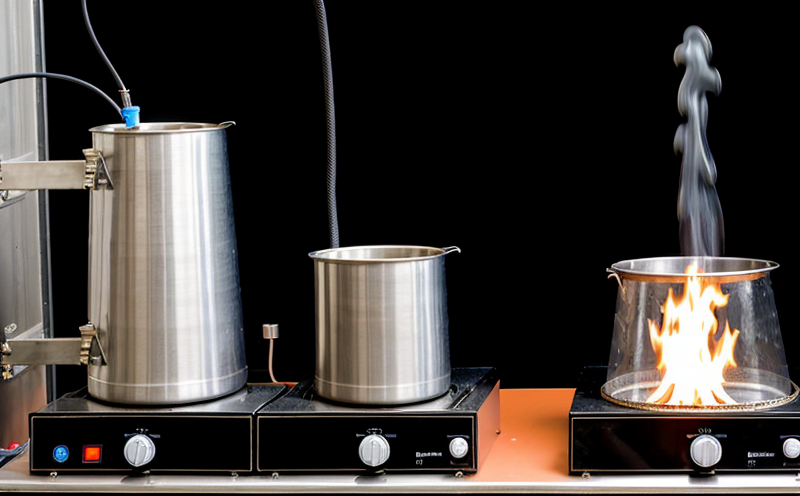EN ISO 5660 Reaction-to-Fire Testing Using Cone Calorimeter
The EN ISO 5660 reaction-to-fire testing using the cone calorimeter is a critical standard for assessing the combustibility of materials used in construction and fire safety applications. This test provides valuable data on how a material behaves when exposed to heat, flame, or other sources of ignition under controlled conditions.
The purpose of this testing is to evaluate the thermal stability and reaction characteristics of building materials, particularly those used in structures subject to potential fire hazards. The cone calorimeter measures heat release rate (HRR), mass loss rate (MLR), and smoke production rate (SPR) over time, which are essential parameters for understanding a material's flammability behavior.
The test involves placing a specimen of the material into the cone calorimeter, where it is exposed to a controlled radiant heat source. The system measures various parameters including temperature, heat flux, mass loss, and smoke release throughout the duration of the test. The data collected helps in determining the thermal stability of the material as well as its potential to spread flames or produce harmful gases when subjected to fire.
The results from this testing are crucial for architects, engineers, and designers who need to ensure compliance with fire safety regulations. By understanding how a specific material will behave under fire conditions, they can make informed decisions about which materials should be used in building projects to minimize risk and enhance occupant safety.
Furthermore, the results of this test are often required by insurance companies and regulatory bodies for certification purposes. It is an integral part of the design process for new buildings or modifications to existing structures.
The cone calorimeter method has been widely adopted globally due to its ability to provide consistent and reproducible results across different laboratories. This consistency ensures that all stakeholders involved in a project receive accurate information regarding material performance, thereby enhancing overall safety standards.
Understanding the intricacies of this testing process is key for those working within the fire safety sector. It allows them to interpret the data correctly and apply it effectively towards improving product design or specifying safer materials during procurement processes.
In summary, EN ISO 5660 reaction-to-fire testing using a cone calorimeter plays an indispensable role in ensuring that building materials meet stringent safety requirements while also contributing positively towards broader sustainability goals by promoting the use of less flammable alternatives wherever possible.
Why Choose This Test
Selecting EN ISO 5660 reaction-to-fire testing using a cone calorimeter offers numerous advantages over other methods. One significant benefit is its ability to simulate real-world fire scenarios accurately, providing more reliable and relevant data compared to simpler tests like oxygen index measurements.
Another advantage of this test lies in its versatility; it can be applied not only to structural components but also finishes such as paints, coatings, and other surface treatments. This comprehensive approach ensures that all parts of a structure receive thorough evaluation regarding their fire performance characteristics.
The precise nature of the cone calorimeter allows for detailed analysis of various factors affecting material behavior during fires. For instance, it can pinpoint differences between similar materials based on slight variations in composition or manufacturing processes. Such insights are invaluable for developing improved products that offer enhanced protection against火灾





